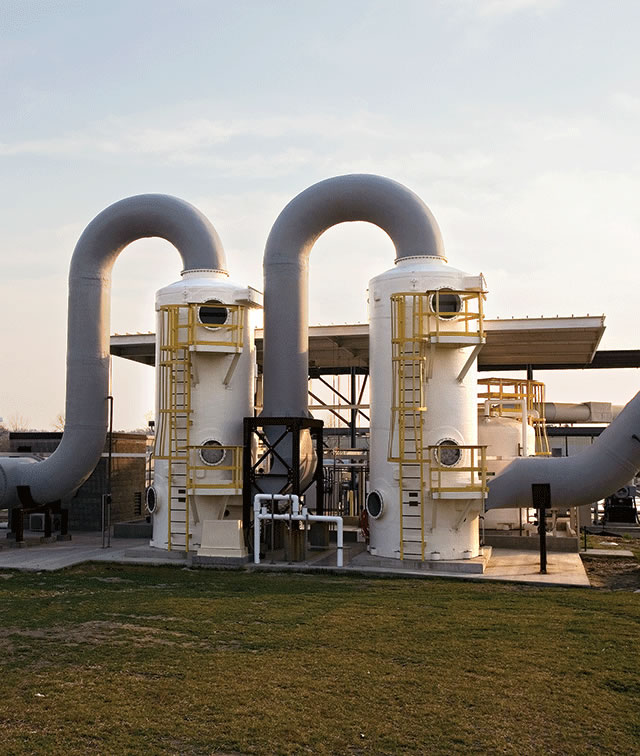 |
| Reuse |
The reuse of products, materials, and parts can have significant environmental and economic benefits.
Waste is not just created when consumers throw items away. Waste is generated throughout the life cycle of a product, from extraction of raw materials, to transportation to processing and manufacturing facilities, to manufacture and use.
Reusing items or making them with less material decrease waste dramatically. Ultimately, less material will need to be recycled or sent to landfills or waste-combustion facilities.
Used goods are widely available to industries, businesses, institutions, and individuals. There are secondhand markets for entire industrial production facilities, such as breweries and chemical production plants, as well as for industrial, construction, and medical equipment.
Used goods for individuals include cars, clothes, books, furniture, household items, sports equipment, and musical instruments. Sources of used goods include on-line auctions and markets, secondhand merchandise stores, classified advertisements, estate sales, auctions, rummage sales, yard sales, salvage yards, materials exchanges, trash salvaging or “dumpster diving.”
Amount of Reuse
In the United States, several secondhand markets are $100 billion dollar industries, and several
more fall in the $1 to $10 billion range. Each year 40 million used cars are sold in the United States, nearly three times the number of
new cars purchased.
Overall, secondhand markets are almost as large as consumer recycling in terms of the amount of material processed (approximately fifty million tons of paper and ten million tons of glass are recycled annually in the United States), and the economic value of secondhand markets is far greater than those for recycling.
 |
| Used cars |
A considerable percentage of secondhand goods are exported from the United States, especially clothing; automobiles; and industrial, construction, and medical equipment. In a number of countries, including the Czech Republic, Nigeria, Uganda, and
Zimbabwe, imports of used clothing compete strongly with the domestic production of new clothes.
Theory of Reuse
Reuse can reduce the
pollution and resource use associated with manufacturing a new item, and can delay or eliminate disposal of the item. In order to experience the greatest environmental benefits, reuse of an item needs to replace, at least partially, the purchase and production of a new item.
In some situations, reuse may not incur any
real benefits. For example, if a car owner sells or gives a car to someone who would not otherwise possess a car, and then buys a new car to replace the old one, the result is that there are now two operating cars rather than one. In other situations, the reuse of an item may have zero effect on the production or purchase of new items.
For example, if someone buys a “white elephant” at a rummage sale (perhaps a necklace or a used compact disc), that purchase will not in any way prevent or replace the purchase of a new item. However, even if reuse has no tangible
environmental benefits, it can have economic and social welfare benefits.
If the car example above is reconsidered, for instance, two people, not just one, now own a useful vehicle. In the compact disc example, the buyer acquires another disc for his or
her pleasure, and the seller earns some perhaps much needed cash.
Reuse can replace the production and purchase of new items, especially when the first owner does not sell in order to be able to buy a new item. Examples of this sort include clothes and furniture, which are typically given away or sold at low prices by the first owners, and which second-hand buyers often buy instead of new items.
Role of Government and Industry
The U.S. government is one of the largest purveyors of used goods in the United States; it regularly sells surplus items through sealed bids, auctions, silent auctions, and fixed-price sales. On the other hand, government regulations largely prevent the purchase of used items by the U.S. government and require the labeling of products containing used parts in a way that may discourage the use of used parts by industry.
There are both incentives and disincentives for reuse by industry. Reuse, remanufacturing, repair, and refurbishment of products and parts can be economically beneficial for industry. For example, used copiers are often remanufactured and refurbished. A number of companies now sell modular, reusable carpet. On the other hand, firms in some cases have an incentive to discourage reuse of their products, in order to maintain and
increase production of new goods.
Reuse by the Individual
Individuals can maximize the environmental and economic benefits of their own reuse efforts by carefully contemplating their reuse strategies, by developing the ability to make repairs, and by
learning about local sources of used goods and replacement parts. The environmental and economic benefits of reuse typically increase as the size and cost of the item increase. For example, new furniture is both resource-intensive and expensive.
Repair, repainting, and reupholstering of used furniture can replace the purchase of new furniture. The regular repair of shoes can considerably extend their life. Used clothing, ranging from designer clothes at consignment stores to basic items at rummage sales, is widely available.
Used books, sports equipment, and musical instruments are also available at local stores and on-line. Used building materials (doors, windows, hardware, etc.) are increasingly available at salvage yards such as Urban Ore in Berkeley,
California.
Reuse can have significant environmental and economic benefits by replacing the purchase of a new item. Secondhand items range from large industrial facilities and equipment to cars, sports equipment, clothes, and toys for individuals. Businesses can benefit from secondhand markets both by buying secondhand equipment and by selling surplus equipment for reuse.
Individuals can make a valuable contribution to the environment and their own finances by learning to make repairs, by wisely shopping for secondhand goods, and by selling or donating their unwanted goods so that others may use them.

































